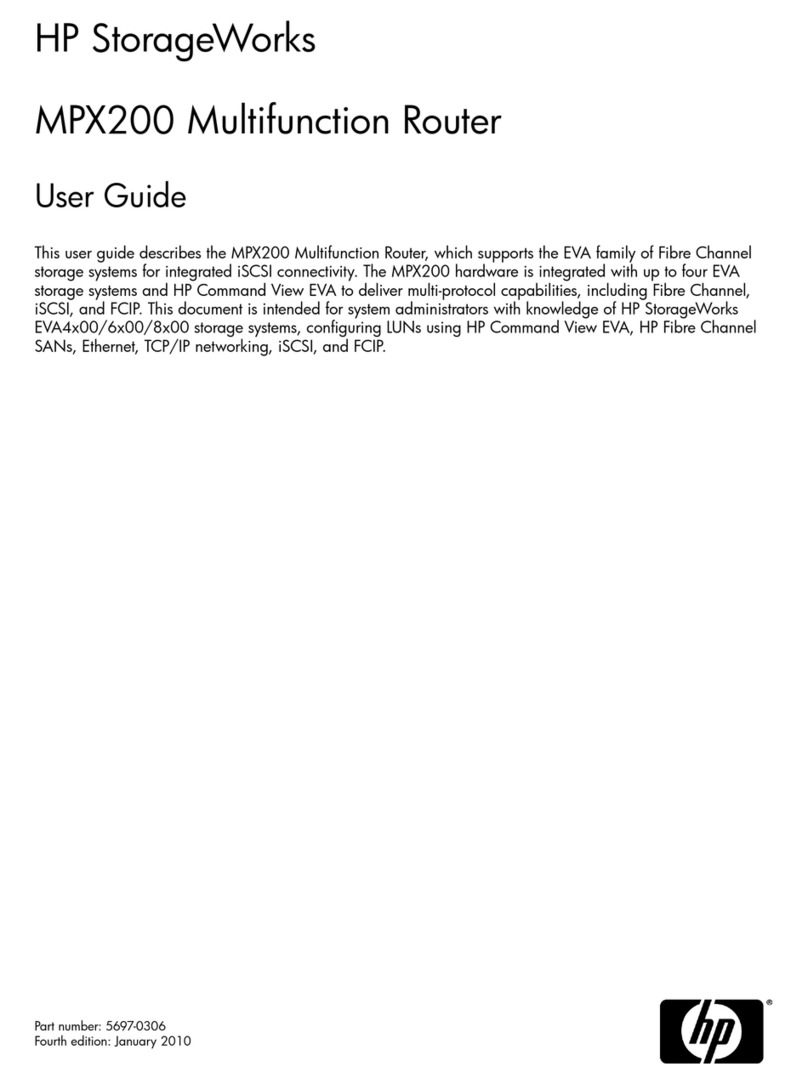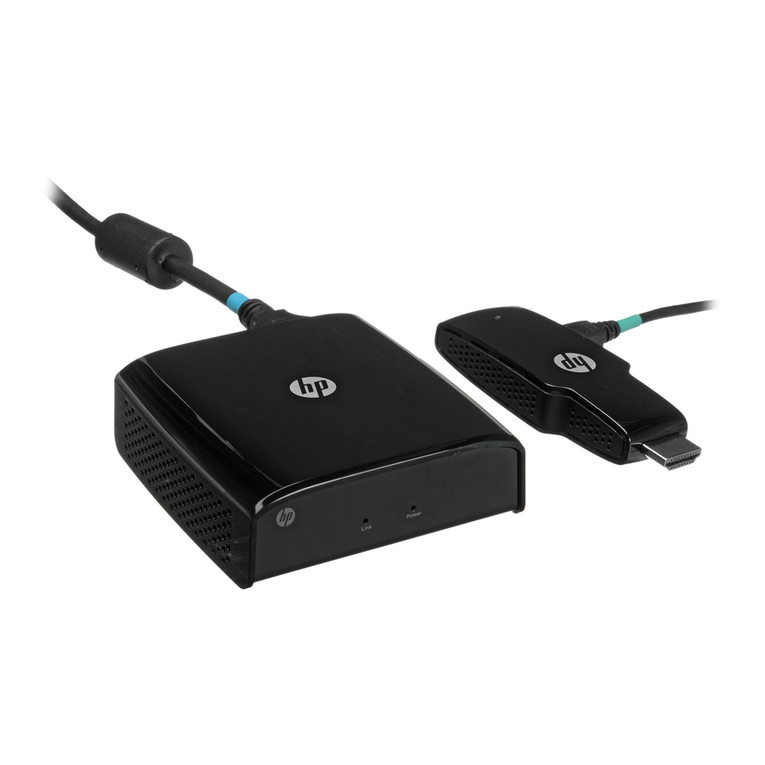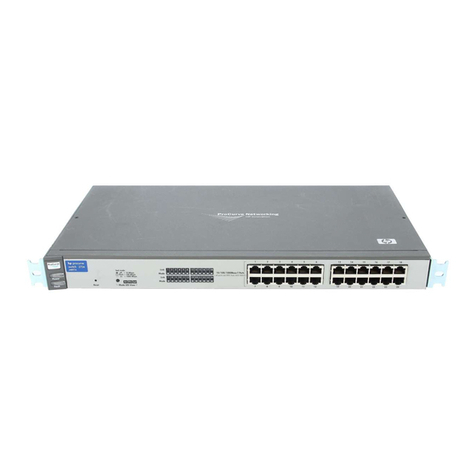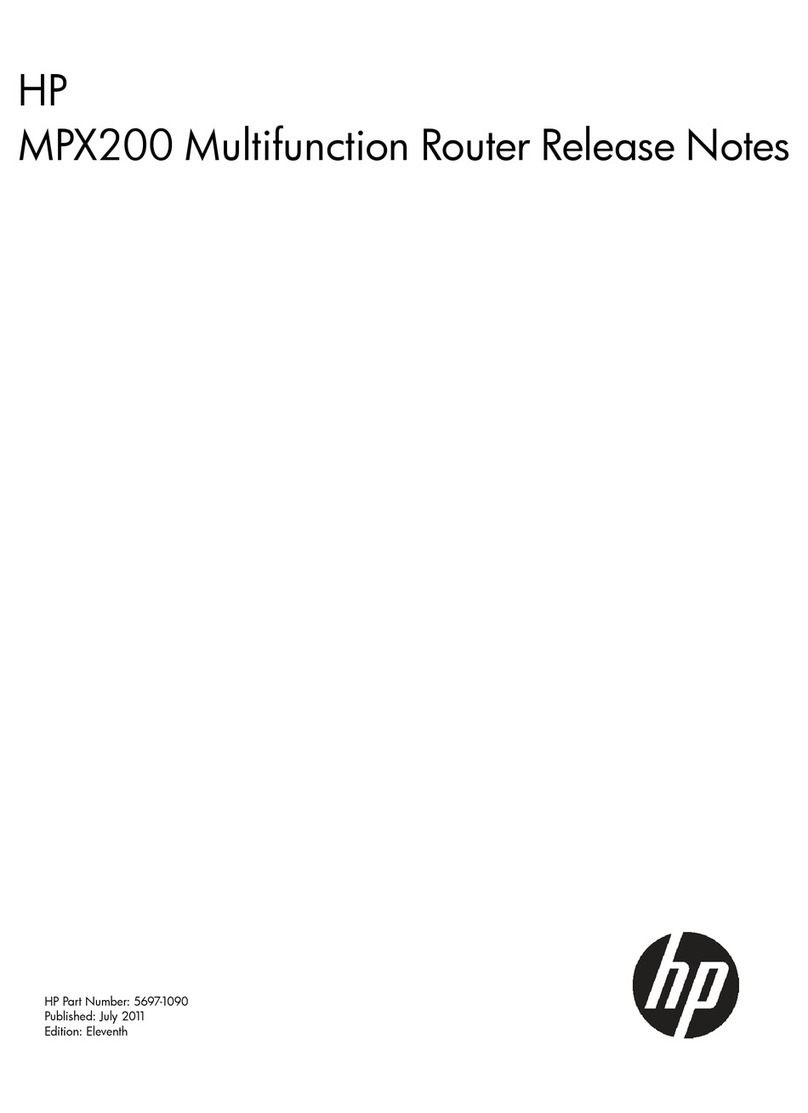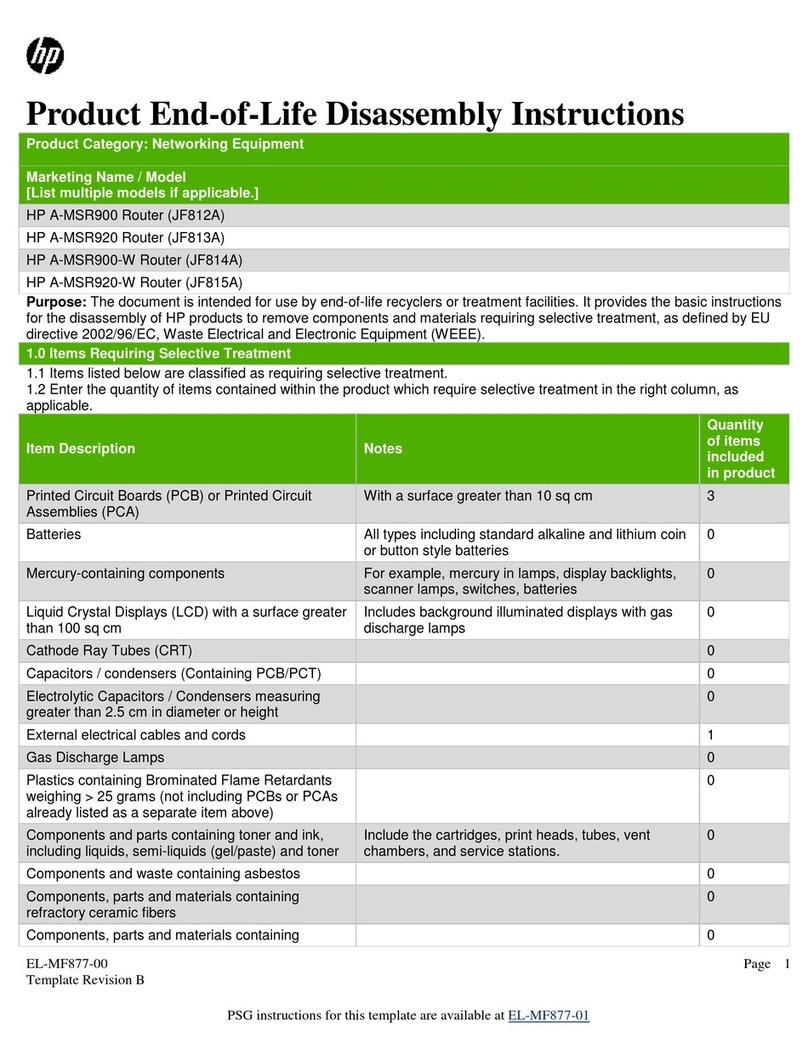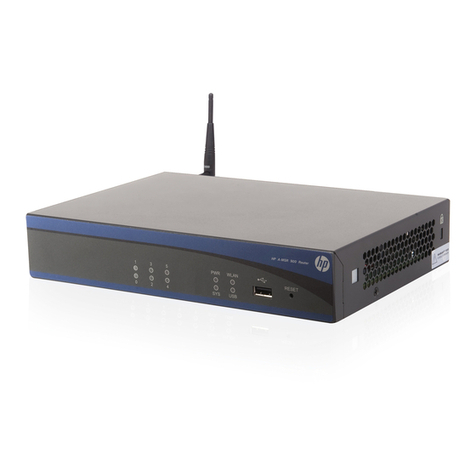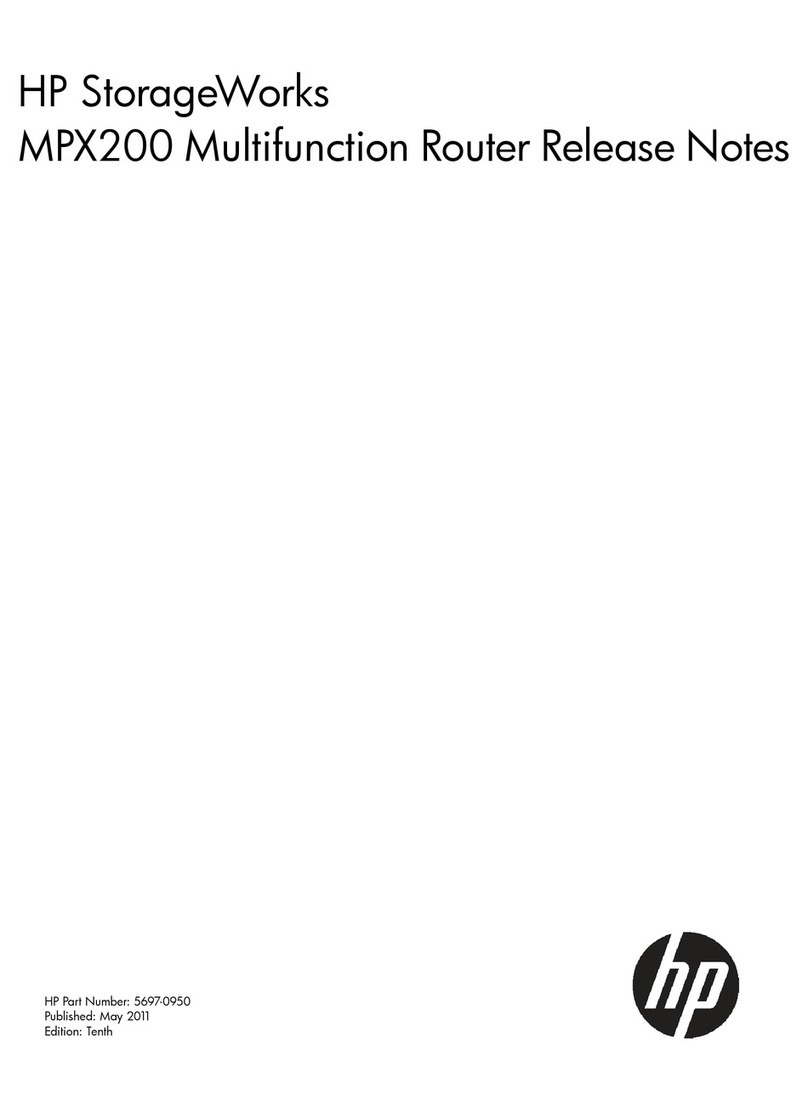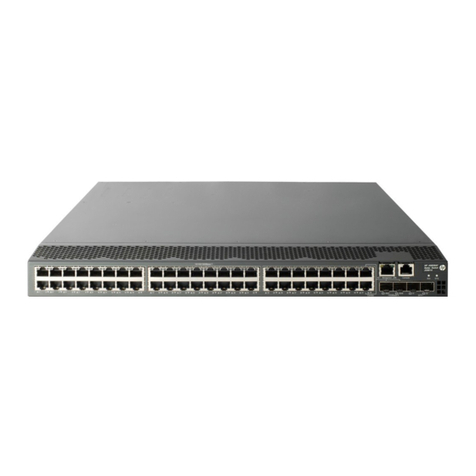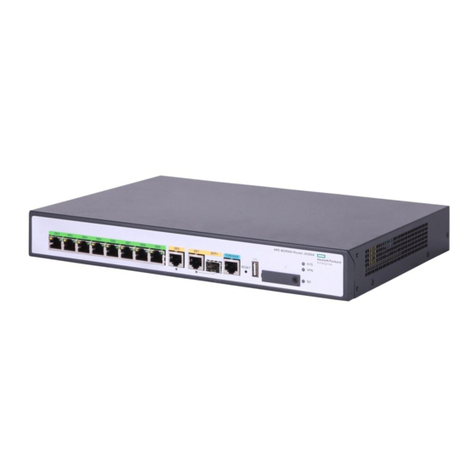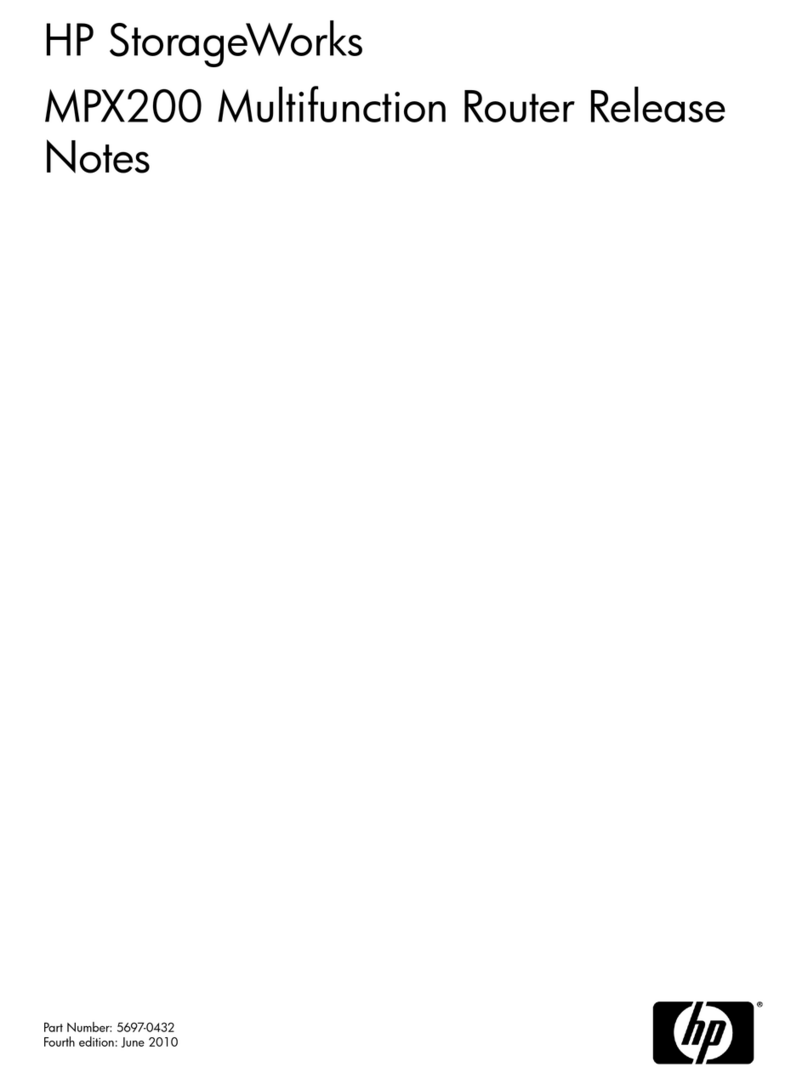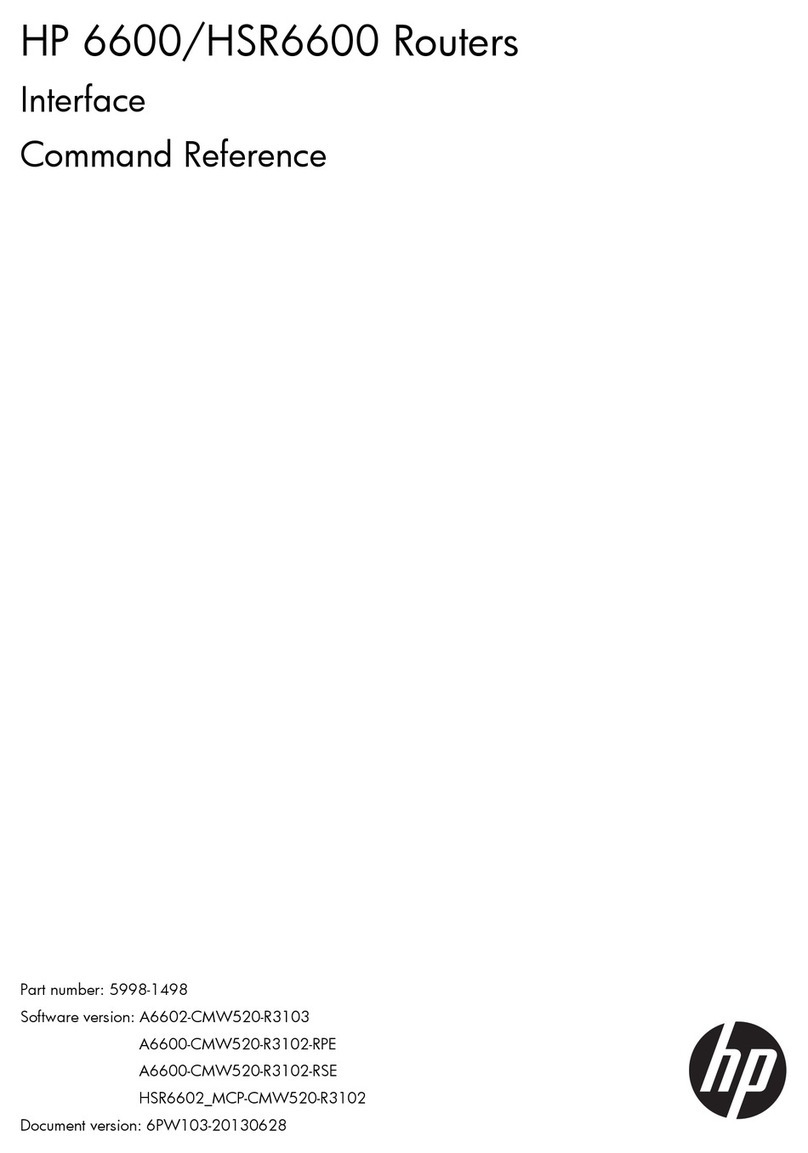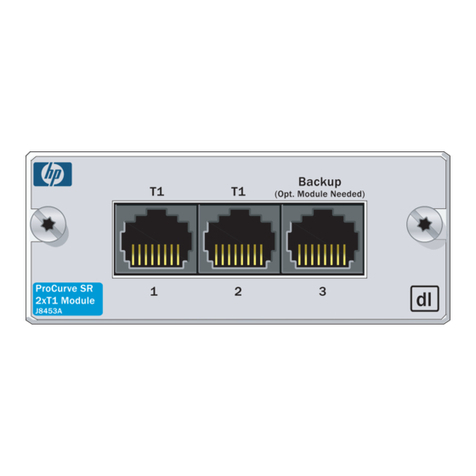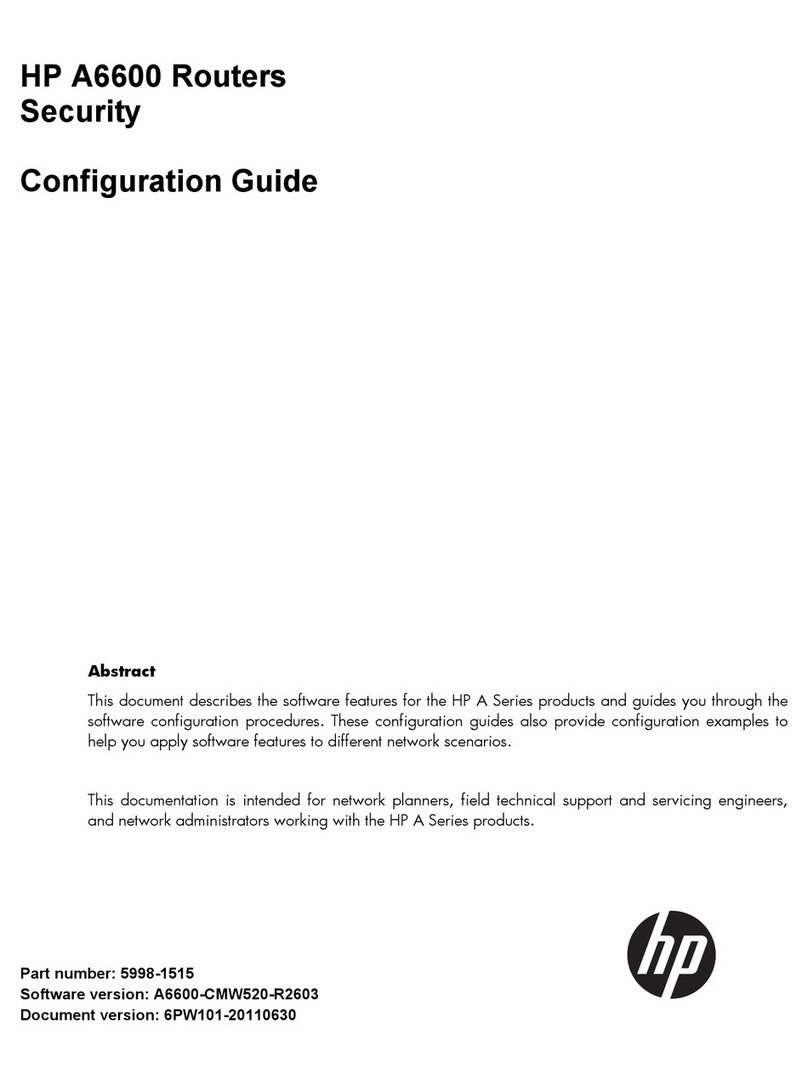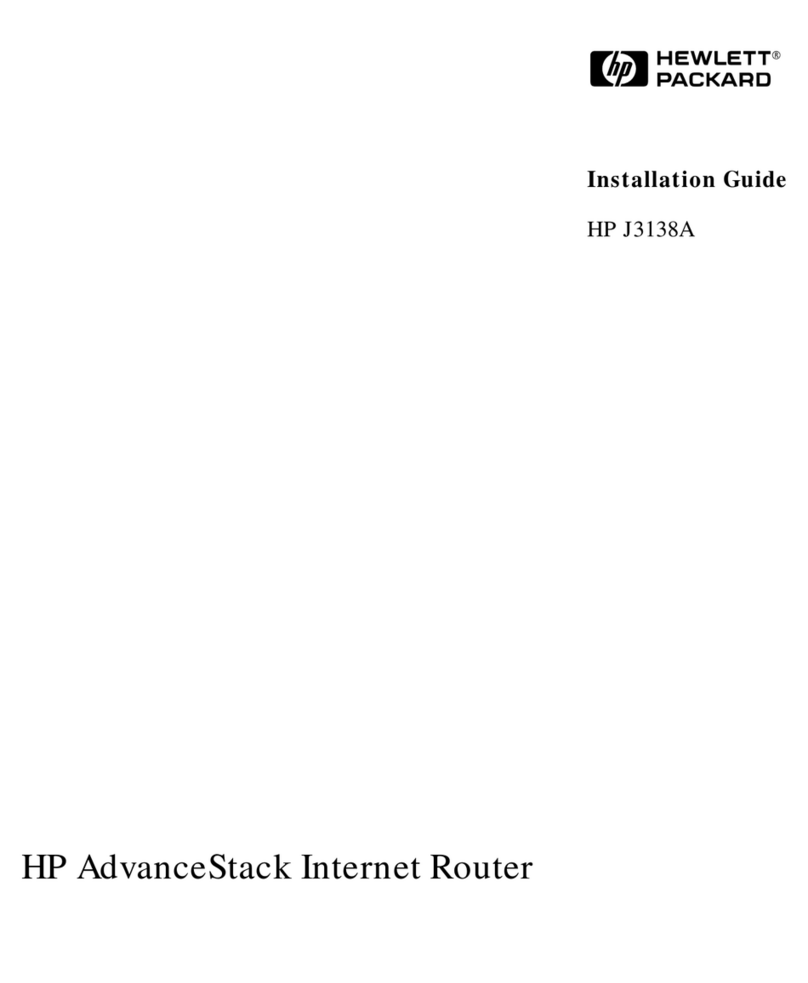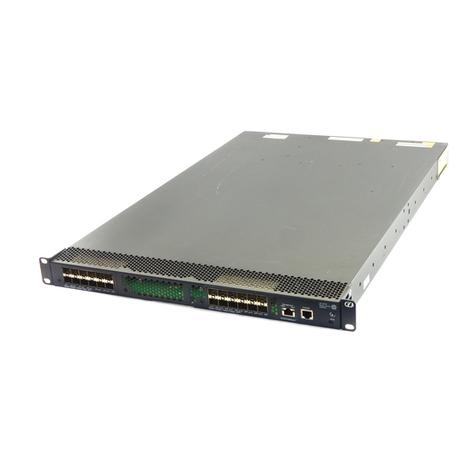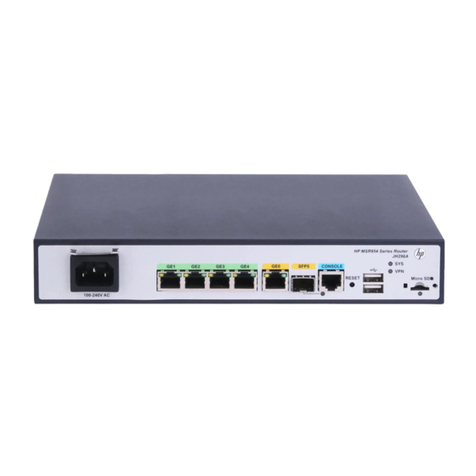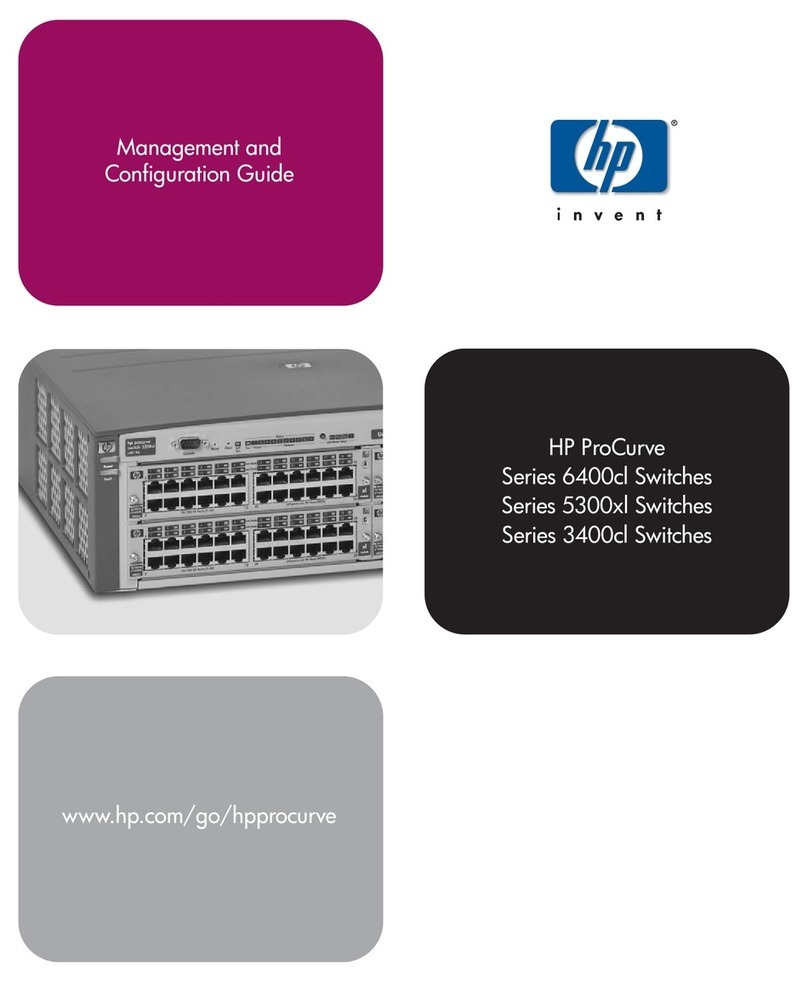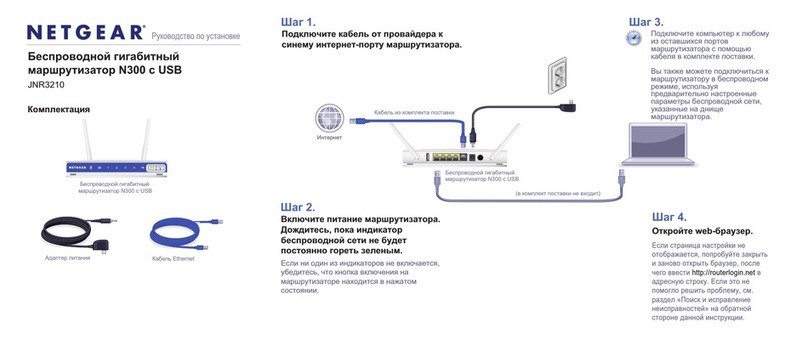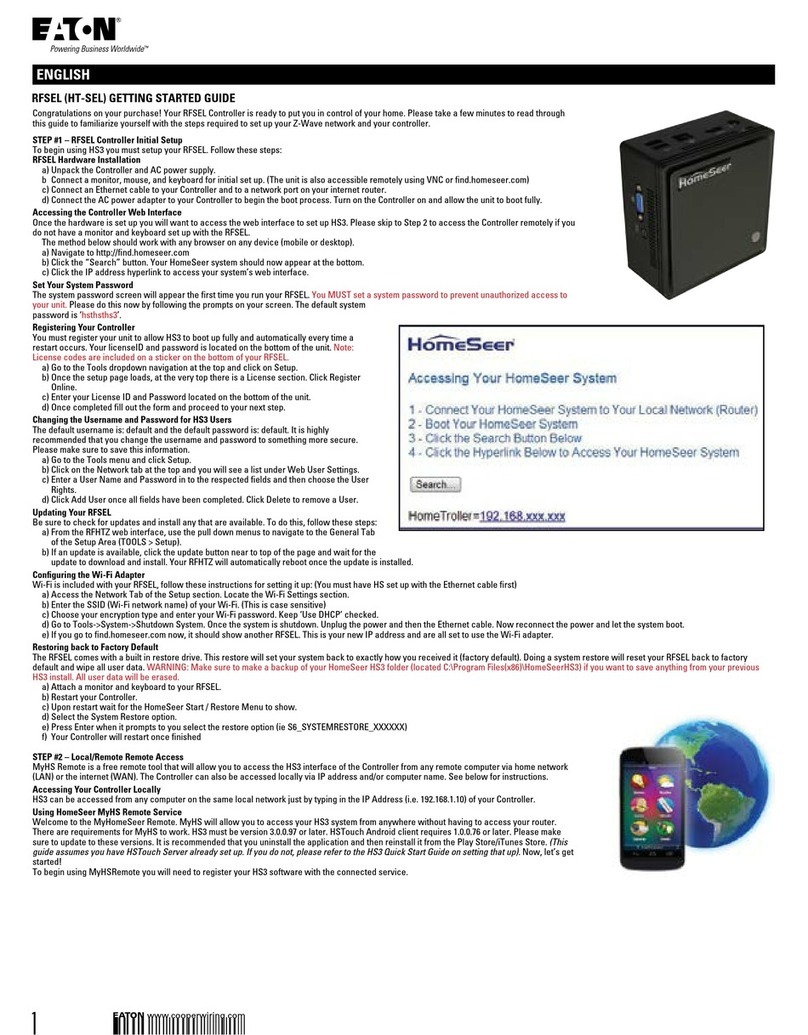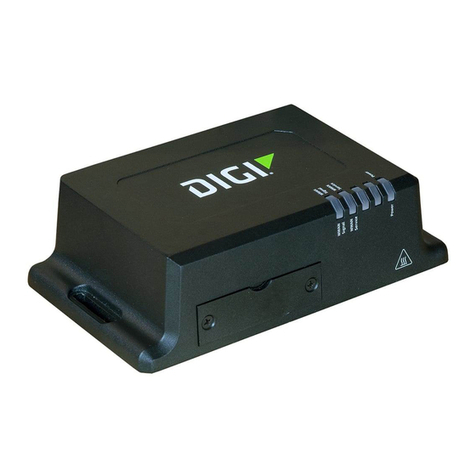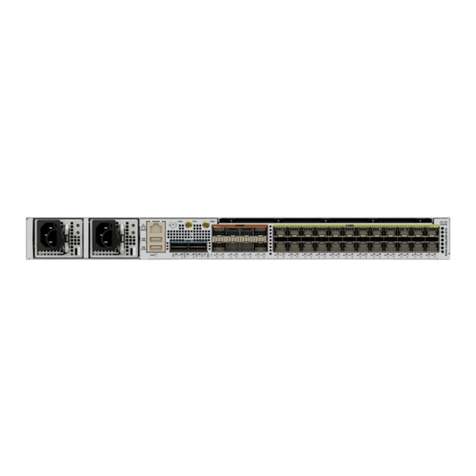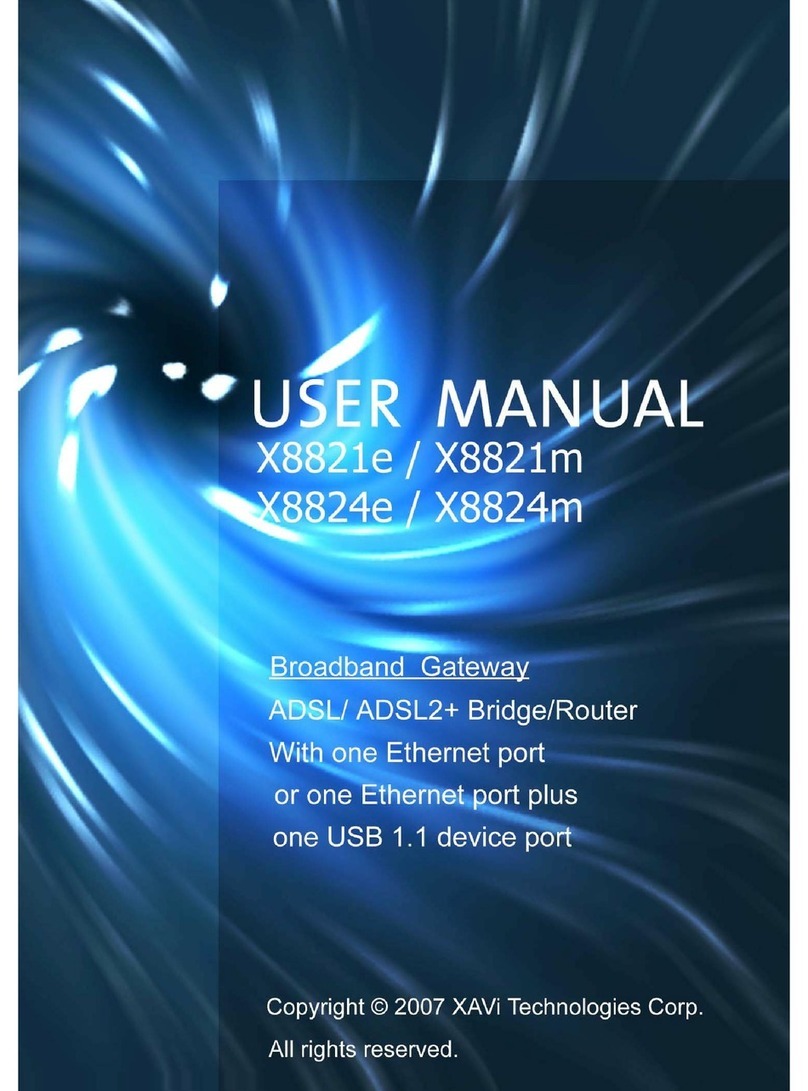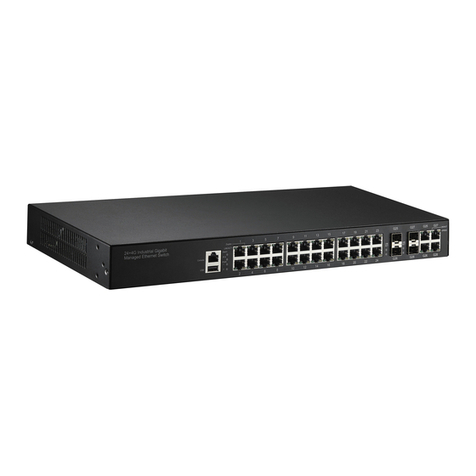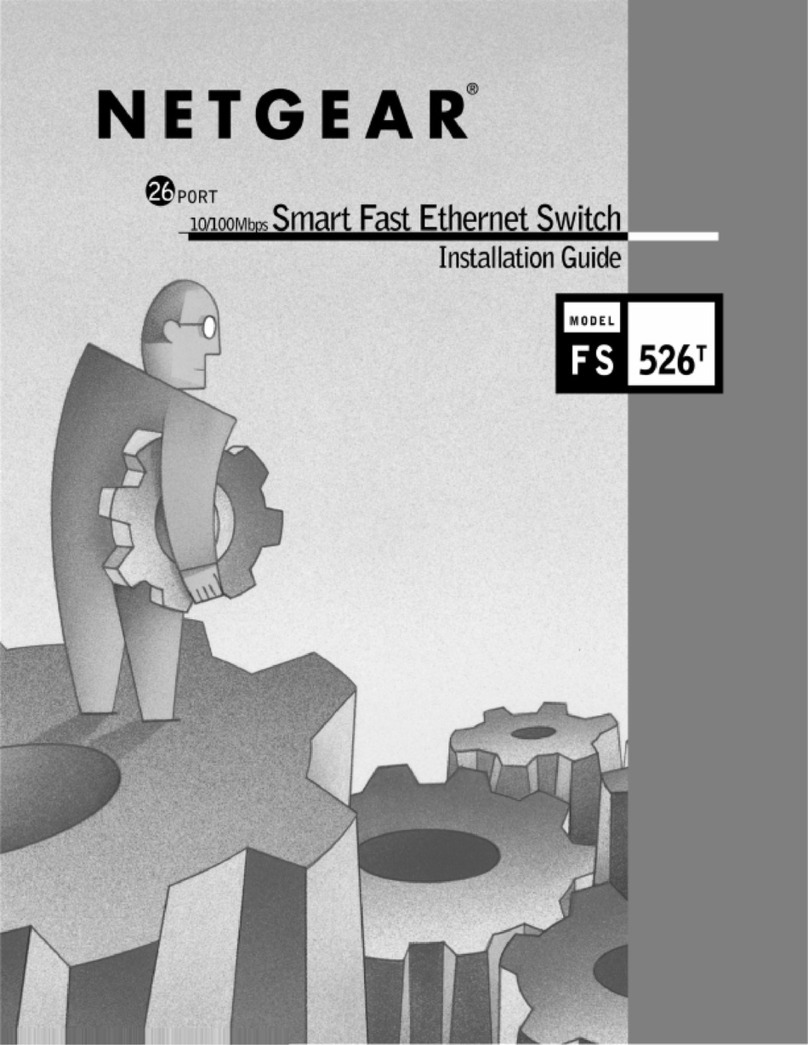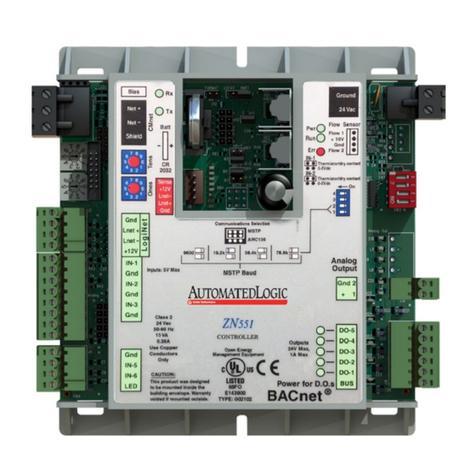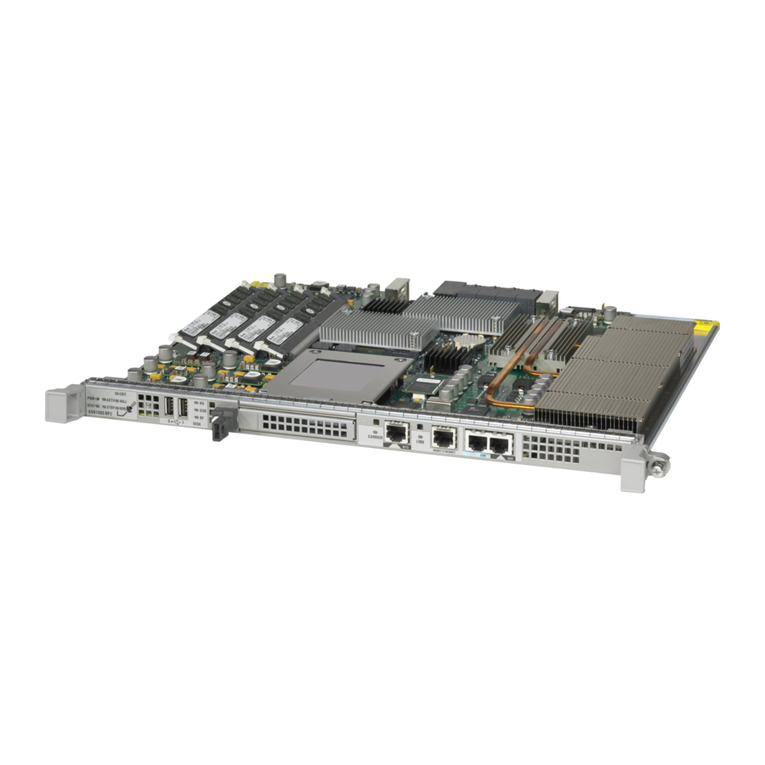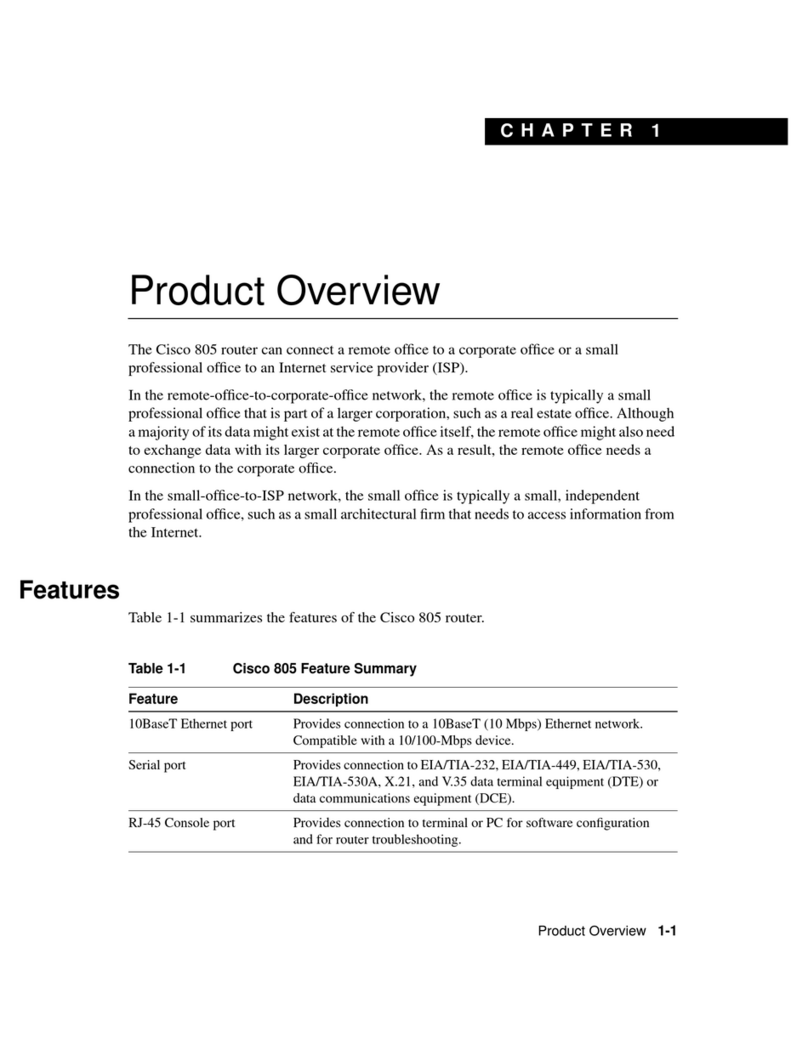
iii
VLAN assignment············································································································ 121
ACL assignment·············································································································· 121
Periodic MAC reauthentication ··························································································· 121
Compatibility information ········································································································· 122
Feature and hardware compatibility····················································································· 122
Command and hardware compatibility ················································································· 122
Configuration prerequisites ······································································································ 122
Configuration task list·············································································································· 123
Enabling MAC authentication···································································································· 123
Specifying a MAC authentication domain ···················································································· 123
Configuring the user account format··························································································· 124
Configuring MAC authentication timers······················································································· 124
Setting the maximum number of concurrent MAC authentication users on a port ································· 125
Configuring MAC authentication delay························································································ 125
Enabling MAC authentication multi-VLAN mode on a port······························································· 126
Configuring the keep-online feature ··························································································· 126
Displaying and maintaining MAC authentication ··········································································· 127
MAC authentication configuration examples ················································································ 127
Local MAC authentication configuration example ··································································· 127
RADIUS-based MAC authentication configuration example······················································ 129
ACL assignment configuration example ··············································································· 131
Configuring portal authentication ····················································· 134
Overview······························································································································ 134
Extended portal functions·································································································· 134
Portal system components ································································································ 134
Interaction between portal system components······································································ 136
Portal authentication modes ······························································································ 136
Portal authentication process····························································································· 137
Command and hardware compatibility························································································ 139
Portal configuration task list······································································································ 139
Configuration prerequisites ······································································································ 140
Configuring a portal authentication server ··················································································· 140
Configuring a portal Web server································································································ 141
Enabling portal authentication on an interface ·············································································· 141
Configuration restrictions and guidelines ·············································································· 142
Configuration procedure ··································································································· 142
Referencing a portal Web server for an interface ·········································································· 142
Controlling portal user access··································································································· 143
Configuring a portal-free rule ····························································································· 143
Configuring an authentication source subnet········································································· 144
Configuring an authentication destination subnet···································································· 145
Setting the maximum number of portal users········································································· 145
Specifying a portal authentication domain············································································· 146
Specifying a preauthentication domain················································································· 147
Configuring a preauthentication IP address pool for portal users················································ 148
Enabling strict-checking on portal authorization information······················································ 148
Enabling outgoing packets filtering on a portal-enabled interface ··············································· 149
Configuring portal detection features·························································································· 149
Configuring online detection of portal users··········································································· 149
Configuring portal authentication server detection ·································································· 150
Configuring portal Web server detection··············································································· 151
Configuring portal user synchronization················································································ 152
Configuring the portal fail-permit feature ····················································································· 153
Configuring BAS-IP for unsolicited portal packets sent to the portal authentication server······················ 153
Enabling portal roaming··········································································································· 154
Specifying a format for the NAS-Port-ID attribute ·········································································· 154
Logging out portal users·········································································································· 155
Configuring Web redirect········································································································· 155
Applying a NAS-ID profile to an interface ···················································································· 156
Displaying and maintaining portal······························································································ 156
Portal configuration examples··································································································· 157
